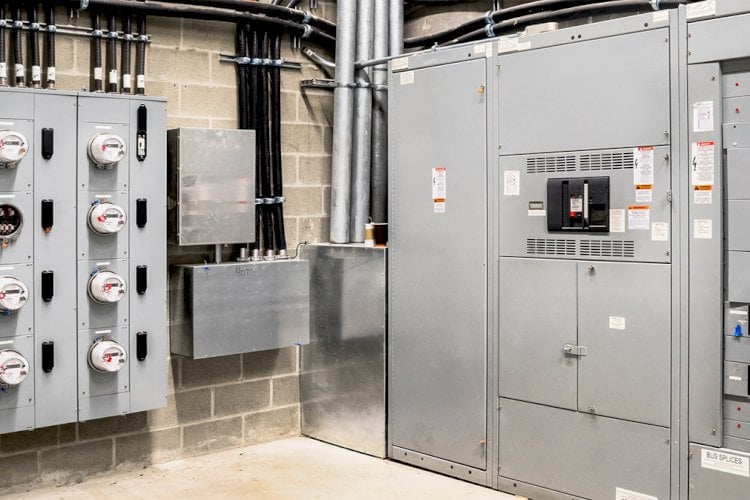The de facto standard for Lightning Protection in the US is NFPA 780: Standard for the Installation of Lightning Protection Systems. Its Lightning Risk Assessment tool can be found in NFPA 780 Annex L and is broken down into two versions: the first is called the “Simplified Risk Assessment” and the other is the “Detailed Risk Assessment.”
The Simplified Lightning Risk Assessment is an extremely conservative assessment tool, using only very broad and generalized factors of risk for your site. You will know if you are using the Simplified Risk Assessment if you only need to answer five questions about your facility: location, construction materials, content value, occupancy, and if there are any environmental consequences to a shutdown of your facility. The resultant risk from the simplified assessment will almost certainly be above the default risk tolerance, thereby almost always ending up making a recommendation for your facility to install a full NFPA-Compliant Lightning Protection System.
This is why the NFPA 780 Simplified Lightning Risk Assessment is preferred by many Lightning Protection System Installation Firms, because it will nearly always assess that the customer’s risk is above the tolerable risk limit. This is a conflict of interest for the Installation Firm who are highly motivated to sell you costly Lightning Protection Systems.
Instead, you should insist on using the NFPA 780 Detailed Lightning Risk Assessment. This will require answering dozens and dozens of complex questions about your facility; however, you will get a much more balanced and realistic calculation of your facility’s actual risk of lightning damage. If you are rightly concerned about a conflict of interest between an analysis and the sale of products, a third-party engineering firm, such as E&S Grounding Solutions, who are hired as electrical engineers working directly for your firm, will prevent a conflict of interests as they are not only incentivized, but ethically obligated, to provide a fair and accurate Lightning Risk Assessment on behalf of their customer.
Avoid the uncertainty and risk of not knowing if your facility really needs to install an expensive lightning protection system the risk of unnecessarily installing a Lightning Protection System — use a third-party electrical engineering firm to conduct an independent Detailed NFPA 780 Lightning Risk Assessment.
See services page Risk Assessments: Lightning Risk Assessments (esgrounding.com)
Access to FEMA LIGHTNING MAP here.
Let's Talk! Schedule a FREE Phone Consultation Today.
Wherever you're located, learn how good a fit we are for your project.







